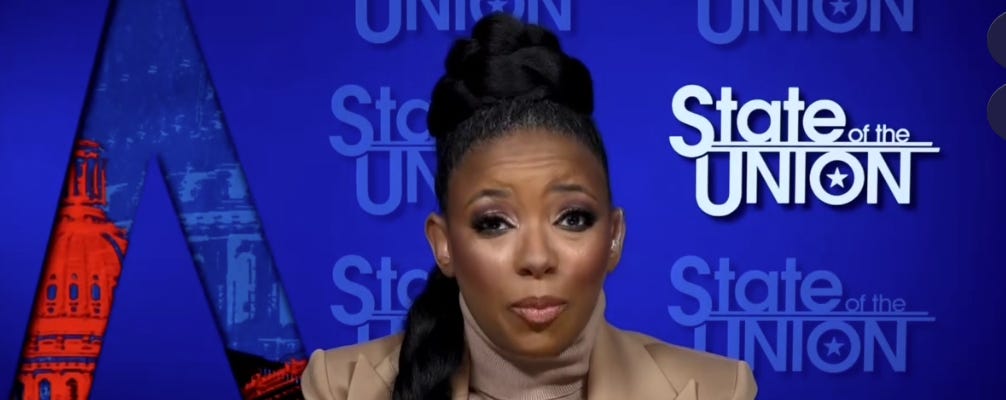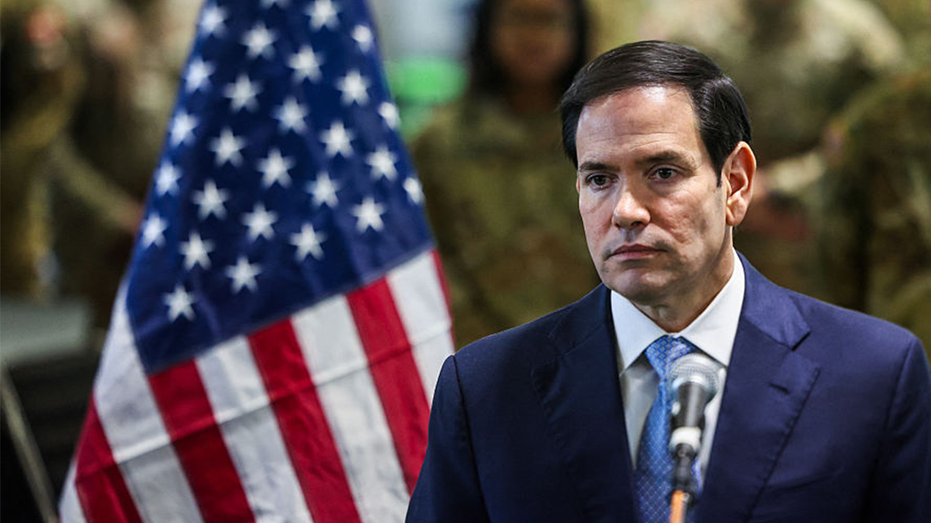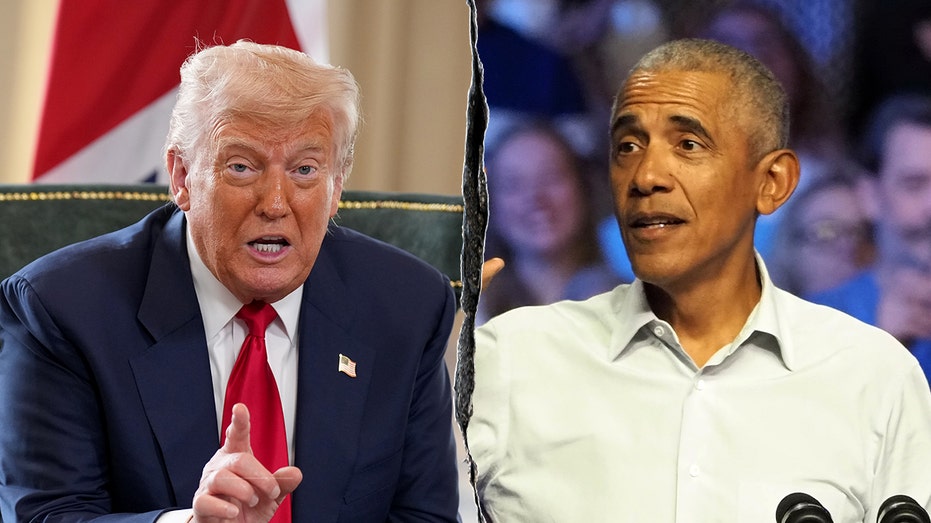The scene was unexpected: President Trump, welcoming New York City’s newly elected Mayor Zohran Mamdani to the Oval Office. A palpable optimism hung in the air as the two men emerged, publicly committing to a collaborative effort for the city’s future. Trump even surprised observers by expressing confidence in a working relationship, particularly regarding crime and immigration.
But beneath the surface of cordiality, a stark divergence in policy remained. Less than 24 hours after the meeting, Mamdani reaffirmed his commitment to sanctuary city protections, declaring on social media that New York would “always be a city of immigrants.” This pledge signaled a clear boundary: protection for those within the city limits, even those residing there without legal authorization.
The incoming administration, through Chief of Staff Elle Bisgaard-Church, made the stance explicit. Cooperation with federal immigration enforcement would be limited to cases involving “extreme violent felony” crimes. This meant individuals facing charges like theft, drug possession, or even serious traffic violations would likely find refuge within New York City, shielded from deportation.

Bisgaard-Church didn’t shy away from criticizing current practices, labeling recent immigration enforcement actions as “inhumane.” She emphasized the mayor-elect’s firm belief in upholding sanctuary laws, ensuring all immigrants would be safe within the city’s borders. The message was a direct challenge to federal authority.
President Trump had publicly stated his belief that Mamdani “wants to have peace” and even suggested the mayor might be more eager than he was to remove “horrible people” from New York. However, the reality appeared far more nuanced. The question remained whether this collaboration would extend to full compliance with federal deportation efforts, or if New York would continue to operate as a haven for those living in the country illegally.
The core of the disagreement lay in the definition of “dangerous.” For Mamdani’s administration, a criminal record wasn’t enough to warrant deportation unless it involved extreme violence. This created a system where individuals who had broken the law, but hadn’t committed violent felonies, could remain in the city, potentially posing ongoing risks to public safety.
The situation presented a complex challenge for both leaders. Trump, seeking to address illegal immigration, found himself potentially aligned with a mayor who fundamentally disagreed with his approach. Mamdani, committed to protecting immigrant communities, faced the delicate task of navigating a relationship with a president known for his hardline stance on border security.
The future of New York City, and its relationship with the federal government, hung in the balance. The initial optimism following the Oval Office meeting was tempered by the unwavering commitment to sanctuary policies, leaving many to question whether genuine collaboration was truly possible.





